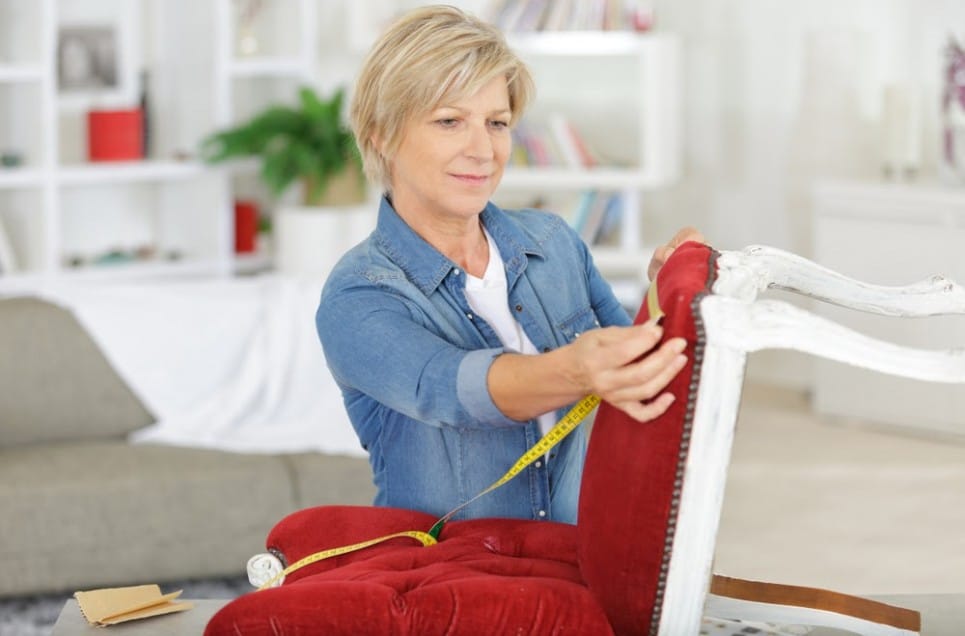Reupholstery is something that can give a piece of furniture a unique look, which can make your room stand out more. Reupholstery is the process of providing seats on furniture or other parts of furniture webbing, paddings, fabric, leather covers, and springs. It is something that many people will pay a lot of money because they believe it takes a lot of time and you need special skills to complete the work.
However, this is far from the truth. In fact, following the steps to reupholster a chair in this article will take about an hour of your time. Another benefit is it won’t break the bank because you can buy everything you need in your budget. By reupholstering your chair, you can make it look like a new piece of furniture and give your room a different look.
The Time And Number Of Tools You Need Are Right Up Your Alley

It is easy to start thinking that you need about a dozen tools and hundreds of dollars when you walk into a reupholstery business and see the employees working. All of the fabric looks expensive, and they have tools all over their work area. Plus, they always talk about how busy they are, and they don’t know precisely how long it will take to get your chair done. Depending on how accessible the business is, you could wait a week or more for them to reupholster your chair.
But, you do not need to wait that long. People who have followed the directions in this article have reupholstered their piece of furniture within an hour. The more you practice reupholstery, the faster you become. Therefore, you could find yourself starting and finishing a chair within half an hour. On top of this, you only need three tools to reupholster your chair by following these steps.


















